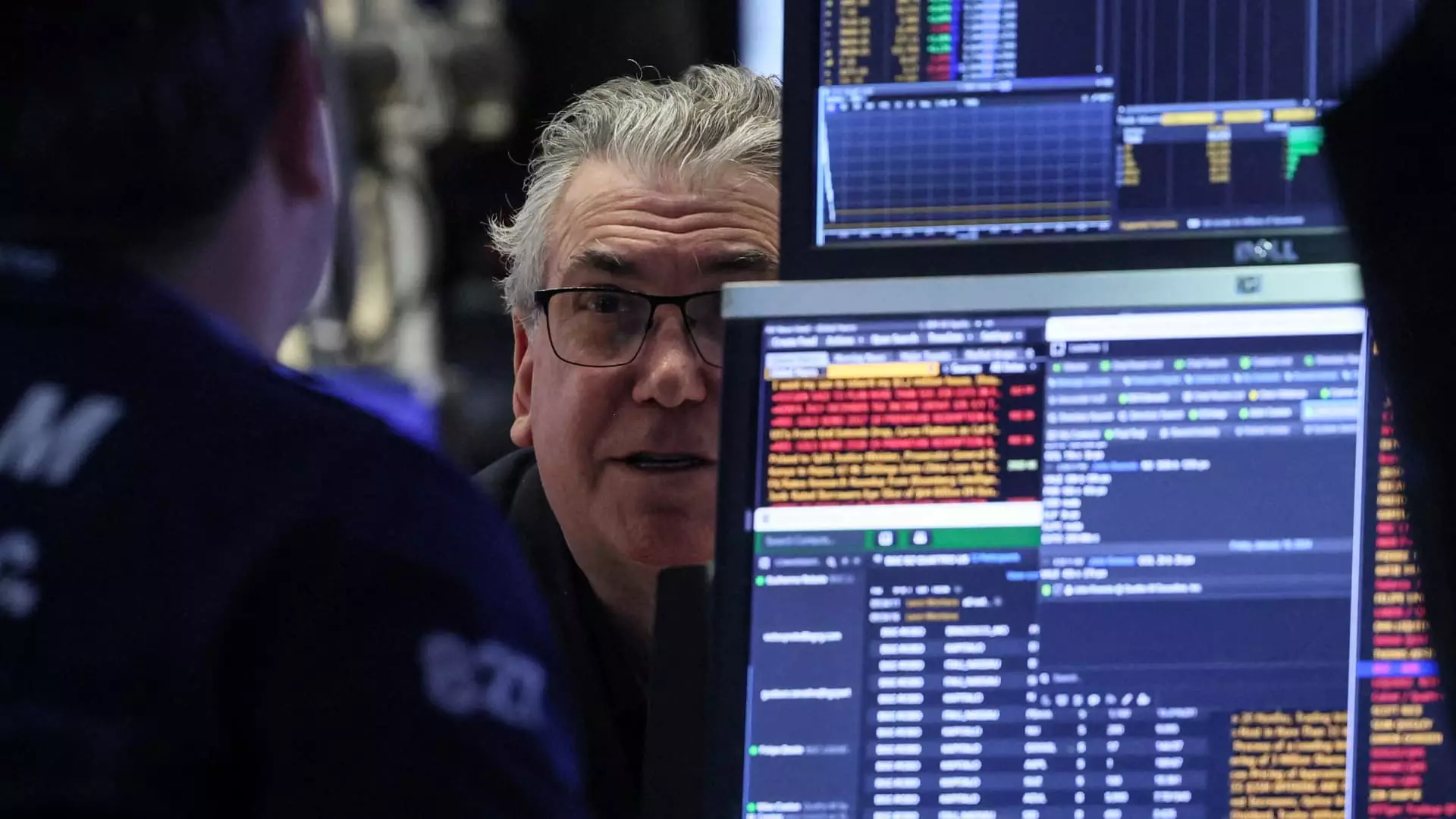The Federal Reserve’s decision on interest rate cuts has become a hot topic that significantly influences the direction of the economy and the stock market. This article examines how two upcoming economic reports could shape the central bank’s policymakers’ stance and consequently affect market reactions. These reports, released by the Commerce Department, include the initial gross domestic product estimate for the fourth quarter of 2023 and the December reading on the personal consumption expenditures price index.
The Fourth Quarter Economic Growth Outlook
Economists surveyed by Dow Jones anticipate a 1.7% growth rate for the U.S. economy during the final three months of 2023. If this projection holds true, it would mark the slowest growth rate since the 0.6% decline experienced in Q2 of 2022. The fourth-quarter economic growth outlook is crucial as it provides a comprehensive picture of the overall performance of goods and services within the country. Investors and market participants will eagerly await this report, as it can potentially shift the sentiment regarding the likelihood of future interest rate cuts.
The Personal Consumption Expenditures Price Index
Another significant report that could impact the Federal Reserve’s decision-making is the December reading on the personal consumption expenditures price index. This index serves as a favored inflation gauge by the Fed. The consensus expectation for core PCE prices is 0.2% growth for the month and 3% growth for the entire year, excluding the volatile food and energy components. This report holds particular importance as it indicates the level of inflation and its proximity to the Fed’s target of 2%. Fluctuations in these figures will undoubtedly draw significant attention from various market participants.
Chicago Fed President Austan Goolsbee emphasized that the primary driver behind the Fed’s interest rate decisions is based on concrete data, such as the inflation figures provided by the PCE price index. The focus should be on clear evidence of progress towards the 2% inflation target rather than speculation about secret meetings or decisions. This perspective underscores the Fed’s goal of becoming less restrictive in its monetary policy if there is a convincing trajectory towards achieving the desired inflation target.
Market sentiment regarding potential Fed rate cuts has experienced significant shifts recently. As of Friday afternoon, the trading in the fed funds futures market showed virtually no chance of a rate cut during the Jan. 30-31 meeting of the Federal Open Market Committee. Additionally, the odds of a rate cut at the March meeting fell from 81% last week to 47.2% currently. Traders have also adjusted their outlook, reducing the expected number of rate cuts. The change in sentiment can be attributed to several factors, including stronger-than-expected consumer spending growth in December and a drop in initial jobless claims. Moreover, public commentary from influential figures within the Fed, such as Governor Christopher Waller, New York Fed President John Williams, and Atlanta Fed President Raphael Bostic, has indicated a reluctance to cut rates.
Austan Goolsbee points out that one of the crucial indicators to watch in terms of inflation is housing inflation. The December consumer price index report highlighted a significant increase of 6.2% in housing inflation compared to the previous year. However, alternative measures, such as the New Tenant Rent Index published by the Labor Department, suggest a different narrative. This index shows a decline of 4.6% in the fourth quarter of 2023 compared to the previous year. The discrepancy between these measures adds complexity to the inflation analysis and its implications for Fed rate cuts.
Inflation Outlook
While short-term inflation data is expected to align with the Fed’s dovish plans, Citigroup economist Andrew Hollenhorst anticipates long-term inflation to be stubborn and potentially postpone the first rate cut until at least June. It remains uncertain whether the timing or the number of rate cuts aligning with market expectations will significantly impact market outcomes. However, expectations surrounding monetary policy play a crucial role in shaping market sentiment.
Market outlooks in relation to monetary policy are influenced by numerous factors that can move the needle in either direction. A continued rally in the stock market might raise concerns within the Fed about potential inflationary pressures. Additionally, geopolitical tensions, as well as stronger-than-expected economic growth, can also impact the sentiment regarding future Fed rate cuts. These economic and geopolitical developments have the potential to increase short-term rates and long-term yields, eventually influencing the Federal Reserve’s decision-making process.
The upcoming economic reports on fourth-quarter economic growth and inflation figures hold great significance for both the Federal Reserve’s decision-making process and market sentiment. These reports provide essential data that will shape expectations for future interest rate cuts. Market participants eagerly await the release of these reports and carefully analyze them to gain insights into the trajectory of the economy and the potential actions of the Federal Reserve.

Leave a Reply